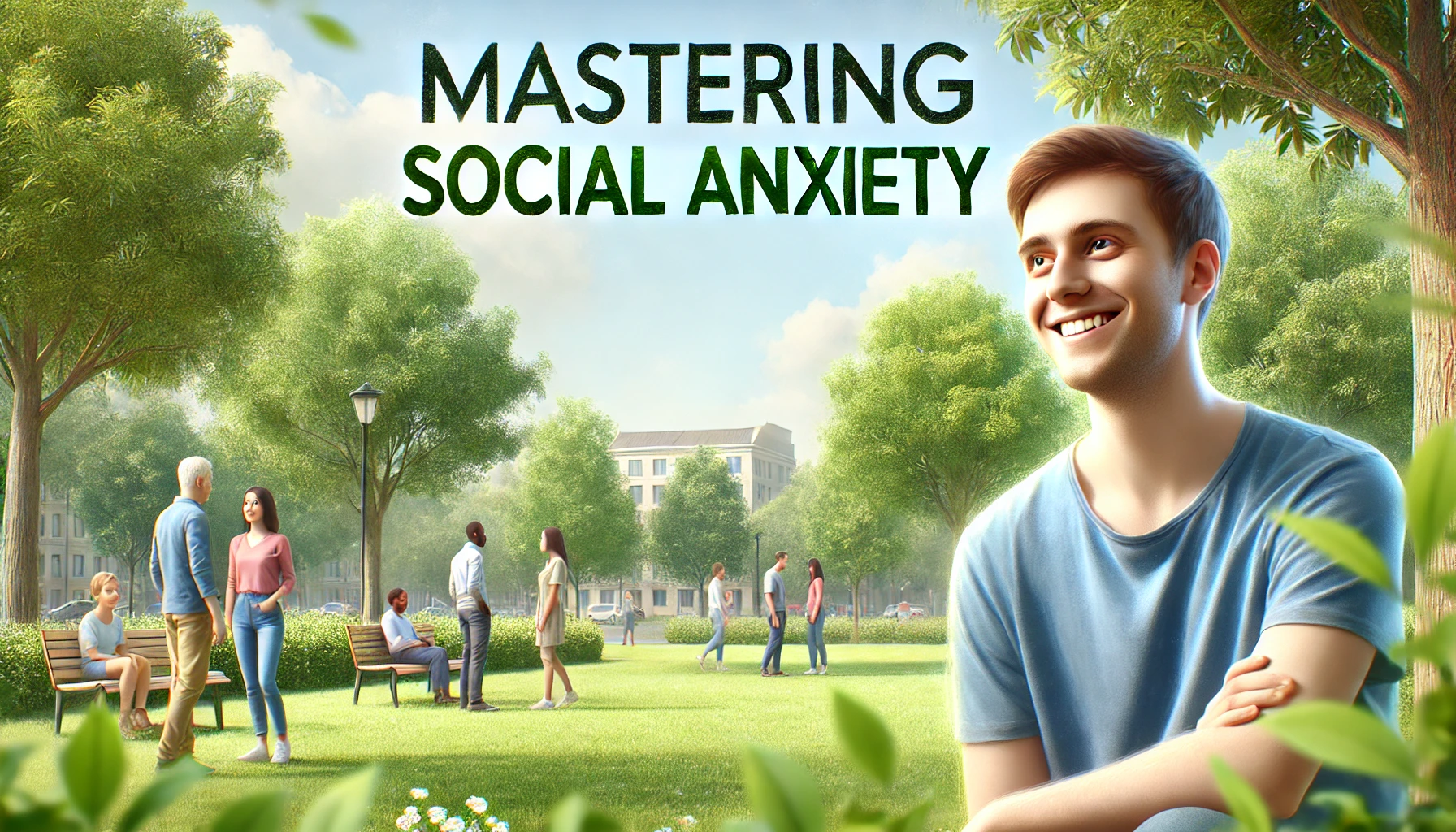Mastering Public Calm: 7 Key Strategies To Overcome Anxiety In Crowded Places

Experiencing anxiety in public can feel isolating, but it’s a common challenge many face. Understanding the nuances of how anxiety manifests in public is the first step towards managing it.
The Importance of Managing Public Anxiety
Controlling anxiety isn’t just about feeling better in the moment—it’s about improving your overall quality of life and your ability to interact in social settings confidently.
Identifying what triggers your anxiety is crucial. Common triggers include large crowds, open spaces, or the feeling of being watched or judged.
Personal Stories: When Anxiety Strikes
Hearing about how others handle similar situations can provide not only comfort but also practical advice.
Stay grounded in the present moment through mindfulness, which can significantly lessen the overwhelming feelings. Engage actively with your current sensory experiences — what you see, hear, and smell — to anchor yourself away from anxiety.
Cognitive Defusion Techniques
Learn to view your thoughts as merely thoughts and not reality. Techniques include:
- Labeling the Thought: Recognize and label your anxious thoughts as mere mental events, not truths.
- Thanking the Mind: Thank your mind for its protective instincts, which can help diminish the weight of distressing thoughts.
The Role of Breathing Exercises
Box Breathing: Control your physiological response to anxiety with this simple technique: breathe in for four counts, hold for four, exhale for four, and hold again for four. This method helps in regaining immediate control over anxiety.
Drop Anchor: To ground yourself, firmly plant your feet, notice the floor beneath you, look around, and absorb what you see and hear. This technique helps bring your focus back to the present moment, reducing anxiety.
Using Visualization and Sensory Engagement
3-3-3 Rule: Combat anxiety quickly by looking around to name three things you see, listening for three sounds you hear, and moving three parts of your body. This method helps distract from anxiety and reorient your mind.
PLEASE Skill: Maintain physical health to support emotional well-being. Regular sleep, balanced diet, exercise, and routine healthcare are essential for keeping anxiety levels low.
Normal nervousness and clinical anxiety can sometimes feel similar, but there are key differences in intensity, duration, and impact on daily functioning:
Normal Nervousness: This is a natural reaction to a specific stressful or high-pressure situation, such as speaking in public or attending a job interview. The nervousness usually subsides once the event is over and typically doesn’t significantly interfere with one’s ability to function in daily life.
Anxiety: In contrast, anxiety is more intense and persistent. It isn’t always linked to an obvious challenge or threat and can arise unexpectedly in everyday situations. Clinical anxiety persists and can significantly impair an individual’s daily functioning, including their work performance, school activities, and relationships. Symptoms may include persistent worry, physical symptoms like increased heart rate, fatigue, and muscle tension, and avoidance behaviors.
Anxiety is typically not something that can be ‘cured’ in the traditional sense, but it can be effectively managed. The goal of many treatments is not to eliminate anxiety completely but to help individuals live a full and meaningful life despite feeling anxious. Through modern approaches like ACT and DBT, individuals learn to accept their feelings without letting them dominate their actions. They also learn to commit to actions that align with their values, which can lead to a more fulfilling life, even if some level of anxiety remains.
While long-term strategies and professional therapy are vital for managing anxiety, there are several quick techniques that can help alleviate anxiety symptoms during a crisis:
- Deep Breathing: Practice deep, slow breathing techniques such as box breathing (inhale for four counts, hold for four counts, exhale for four counts, and hold for four counts). This can help reduce the physiological symptoms of anxiety quickly.
- Grounding Techniques: Use sensory grounding methods like the 5-4-3-2-1 technique, where you identify five things you can see, four you can touch, three you can hear, two you can smell, and one you can taste. This helps divert attention from anxiety to the present environment.
- Mindful Observation: Choose an object nearby and focus on observing it for a few minutes. Notice its colors, patterns, texture, and other qualities. Mindful observation can help center your thoughts away from anxiety.
- Progressive Muscle Relaxation: Tense each muscle group in your body for about five seconds and then gradually relax them. This can help reduce the physical tension that anxiety often causes.
- Label and Accept Your Thoughts: In ACT, a technique called cognitive defusion involves acknowledging your thoughts and feelings and naming them (“I notice I’m feeling anxious”) without trying to change or avoid them. This can reduce their impact and help you focus on actions you value.
Are you ready to navigate life’s challenges with more confidence and less anxiety? Join me for a free 15-minute consultation to explore how therapy can empower you to live a fuller, more meaningful life, regardless of the anxiety you face. Let’s discover together if this approach is the right fit for you.
Reach out to start
your healing journey today.
